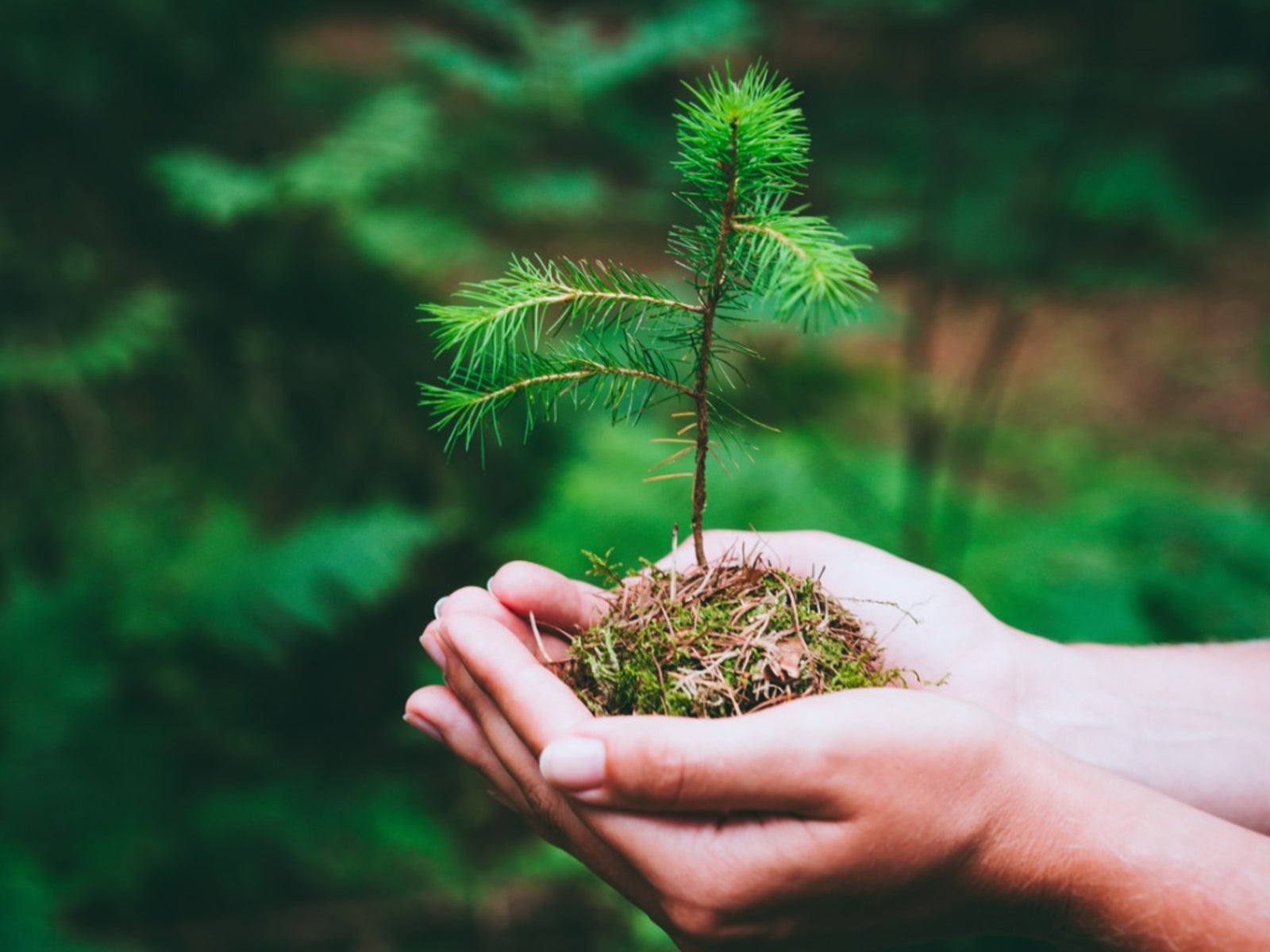How To Grow A Pine Tree From Seed


Growing pine and fir trees from seed can be a challenge, to say the least. However, with a little (actually a lot) of patience and determination, it is possible to find success when growing pine and fir trees. Let's take a look at how to grow a pine tree from seed.
How to Grow a Pine Tree from Seed
You can grow pine trees using seed in pine cone scales that are harvested from female cones. Female pine cones are considerably larger than their male counterparts. Mature pine cones are woody and brown in appearance. One cone produces about two seeds beneath each scale. These seeds will remain in the cone until it dries out and opens up completely.
Seed in pine cones can usually be identified by the prominent-looking wing, which is attached to the seed for aid in dispersal. Seeds can be collected once they fall from the tree in autumn, usually between the months of September and November.
Germinating Pine Seeds
Collect seeds from fallen cones by lightly shaking them upside down. It may take numerous seeds before you find any that are viable for planting. In order to achieve success when germinating pine seeds, it's important to have good, healthy seeds.
To test the viability of your seeds, put them in a container filled with water, separating those that sink from those that float. The seeds that remain suspended in the water (floating) are generally the ones that are least likely to germinate.
How to Plant Pine Tree Seeds
Once you have enough viable seed, they should be dried and stored in an airtight container or planted immediately, depending on when they were harvested, as pine tree seeds are usually planted around the first of the year. Start the seeds indoors, placing them in individual pots with well-drained potting soil.
Push each seed just beneath the soil surface, making sure that it's in a vertical position with the pointy end facing downward. Place the pots in a sunny window and water thoroughly. Keep the seeds moist and wait, as germination can take months, but should occur by March or April. Once the seedlings have reached between 6 to 12 inches (15-31 cm.) tall, they can be transplanted outdoors.
Gardening tips, videos, info and more delivered right to your inbox!
Sign up for the Gardening Know How newsletter today and receive a free copy of our e-book "How to Grow Delicious Tomatoes".

Nikki Tilley has been gardening for nearly three decades. The former Senior Editor and Archivist of Gardening Know How, Nikki has also authored six gardening books.
-
 Looking For Plants To Give You The Soft And Fuzzies? Try These 5 Fuzzy Leaf Plant Options
Looking For Plants To Give You The Soft And Fuzzies? Try These 5 Fuzzy Leaf Plant OptionsLovers of texture, drama, silver foliage and tactile plants will adore these special sensory garden additions. These fuzzy leaf plant options will leave you all aglow
By Susan Albert
-
 Get Ready For A Summer Of Hummers! Grow These Full Sun Hummingbird Plants and Flowers
Get Ready For A Summer Of Hummers! Grow These Full Sun Hummingbird Plants and FlowersIf you’re lucky enough to enjoy a sunny backyard, make sure you are maxing out on your pollinator opportunities and grow these full sun hummingbird plants and flowers
By Tonya Barnett